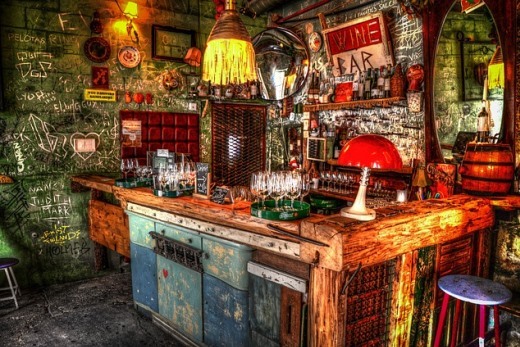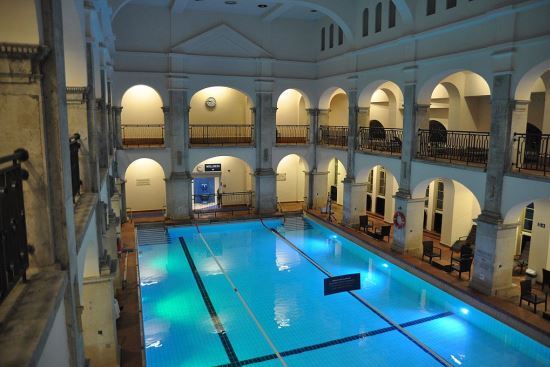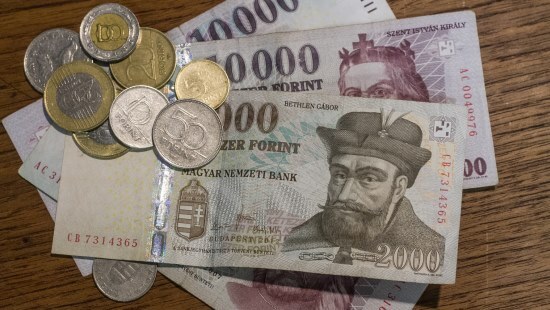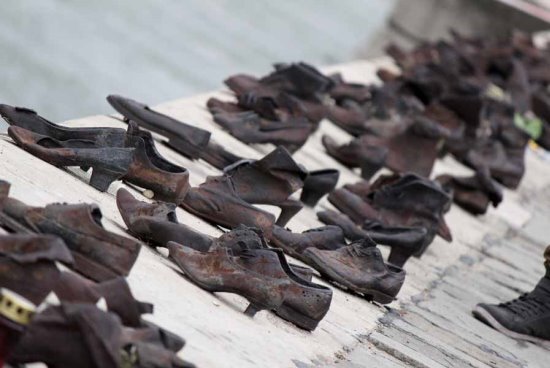Private taxi, minibus and coach transfers from Budapest Airport (BUD)
Easy Booking. Reliable Service. Great Prices.
Top 10 Tourist Tips when Traveling to Budapest
Read before you arrive to Budapest!
2024-03-18 | TRAVEL GUIDE

Budapest is well known for its fairytale architecture, inexpensive drinks, a horrifying history and the love of paprika. This charming city is developing in fast pace, all the while being very affordable, safe and easy to navigate through. Before you getting the airport shuttle, there are some things you should know before traveling to Budapest. Here’s a list of 10 tourist tips to help you start on the right foot.
Say Boo-da-pesht, not Boo-da-pest
Hungarian language is no picnic, so a lot of the foreigners visiting Budapest struggle with its pronunciation. Visitors pronounce it as Budapest but the right way to pronounce it is Boo-da-pesht. Once you know this, it’s a good idea to learn few more essential words and phrases. For example, you might want to know how to order the most traditional dish while you’re there – ask for gulyás not goulash.
Pack a swimsuit
Budapest is known for its mineral pools, 118 of them actually, so make sure to pack your bathing suit. Known as the City of Baths, you can enjoy many thermal baths, such as the Széchenyi Thermal Bath - Budapest’s largest and busiest thermal bath. Done in neo-baroque architecture and located in the City Park, you’ll get the feeling that you’re bathing in a palace. And for all of the adventurous ones preferring a nude dipping, Budapest also has many segregated Turkish baths.

Don’t clink your beer glasses
After Hungary’s revolution was diminished by the Habsburgs in 1848, the Austrians celebrated their victory in Vienna by clinking beer glasses everywhere. Hence, Hungary made a promise to never toast with a beer glass for 150 years. Even though more than 150 years have passed, the tradition remained. Clinking a glass with any other drink is fine, but not with beer. Just make sure to keep a good eye contact with the fellow clinker.
Buda and Pest were separate cities
Years back, Buda and Pest were two different cities divided by the Danube River. Buda sits on the hilly west, and was a traditional home of royalty made of castles and Elven-style fortresses, while Pest, located on the flat east, is the commercial part full of the best downtown Budapest hotels, bars and restaurants. These two cities merged in 1873, creating a wonderful blend of Eastern European fairytale and urban look of the city.

No euros, please
Even though Hungary is a member state of the EU, the euro is not used as a currency here. They use their own currency, the forint, so avoid falling into tourist traps at places where they claim they accept euros at good rates. Make sure to exchange your euros at a proper place once you arrive and carry forints at all times.
Try the ruin bars
Being found in the famous Jewish quarter, the ruin bars are bars erected in the ruins of old buildings. These places have the atmosphere of attending a warehouse party with many art installations, while snacking and having a glass of delicious craft beer. Such ruin bars often house flea markets, urban art galleries and crazy DJ parties. The first ruin bar, Szimpla Kert, opened in 2001 and is now full of tourists. Make sure to ask the locals on where to find other ones though, because they’re not easy to spot.
Public transport is very affordable
The public transport in Budapest is cheap, and the best way to see the city is getting a packet of ten tickets from the station. Just make sure to validate these in one of the orange boxes before boarding to avoid on-the-spot sanction fees. The vintage look of many trains and trams is now part of the overall Budapest image, so make sure to catch the M1 line - the second-oldest underground railway in the world, in constant operation since 1894.
You can also take a ride in the antique funicular (cable railway) up the hill to Buda Castle. And if you are tired of using the public transportation, make sure to call a yellow cab and transport yourself with most convenience.
Train run by children
Budapest has a train that’s been operated by children since 1948. Yes that’s correct! There’s a four-month training course for schoolchildren between the ages of 10 and 14, after which completion they become train conductors and inspectors on the 11 km railway. This train will take you to the top of the Buda Hills in about 40 minutes, featuring children to salute you on your way. To make it clear, the children are supervised, while the driver is a grown-up.
Spot signs of history
During World War II, over 600,000 Hungarian Jews were murdered in the Holocaust after the invasion of Nazi Germany. Before the invasion, Jews were targeted by the anti-Semitic policies put in place by the fascist Arrow Cross party. Today you can see memorials throughout the city, such as the Frank Gehry-designed Holocaust Memorial Center. However, the most chilling sculpture is made by the sculptor Gyula Pauer, composed of 60 pairs of iron shoes lined on the edge of the river Danube, dedicated to all Jews who were ordered to remove their shoes and then shot into the river by the Arrow Cross military.

Try the local drinks
Surprisingly, Hungary is making its mark with its wine industry, offering some pretty interesting varieties of the drink. Such a unique variety is their dessert wine called Tokaji, being a bright and light wine, sweet as apples or pears. But, if you prefer hard liquor, try their Palinka, a fruit-flavored brandy with several inventive flavors, such as pear, plum or sour cherry. Salute!
Budapest is one of the most unique cities in Europe, where the old tradition and modern functionality merge. Getting yourself around the city, as well as getting to Budapest airport is very easy as well, just use one of the many airport transfers options. So plan ahead and enjoy your stay!